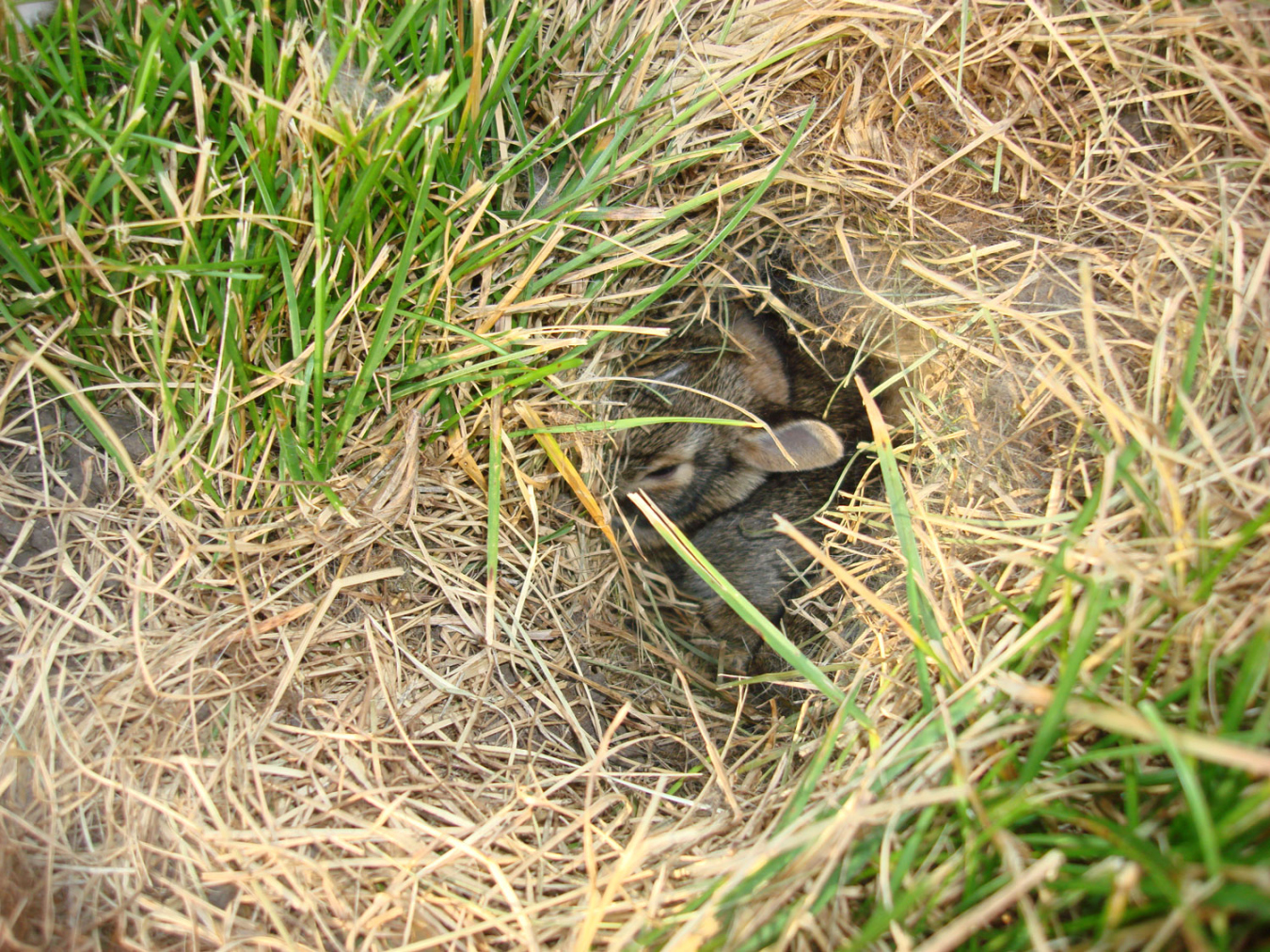What Does a Rabbit Hole Look Like?
When we think of rabbit holes, our minds often wander to the whimsical world of Lewis Carroll’s Alice’s Adventures in Wonderland. However, in reality, rabbit holes are quite different from their fictional portrayals. Let’s delve deeper into the appearance and characteristics of a rabbit hole.

Physical Characteristics
Rabbit holes are burrows dug by rabbits, providing shelter and protection from predators. They can vary in size and complexity depending on the species of rabbit, the terrain, and the environment. Generally, rabbit holes consist of the following:
- Entrance: Rabbit holes typically have a small entrance, just wide enough for a rabbit to squeeze through. The entrance is usually located near dense vegetation, providing camouflage and additional protection.
- Tunnel System: Beyond the entrance, rabbit holes lead to a complex system of tunnels. These tunnels serve various purposes, such as nesting, resting, and escaping from danger.
- Chambers: Within the tunnel system, rabbits create chambers for different activities. These chambers may be used for sleeping, giving birth to and raising young ones (called kits), and storing food.
- Escape Routes: Rabbit holes often have multiple entrances and exits, allowing the rabbits to quickly flee in case of danger.
- Depth: The depth of rabbit holes can vary, depending on factors such as soil type and the species of rabbit. Some rabbit holes can be as shallow as a few inches, while others can extend several feet underground.
Environmental Impact
Rabbit holes can have both positive and negative impacts on the environment. Let’s explore these impacts below:
Positive Impact
- Soil Aeration: As rabbits dig their burrows, they facilitate the aeration of the soil. This allows better water and nutrient infiltration, benefiting plant growth.
- Seed Dispersal: Rabbits unintentionally help with seed dispersal by carrying seeds within their fur or digestive systems. These seeds can then germinate and contribute to the regeneration of vegetation in different areas.
Negative Impact
- Soil Erosion: Extensive rabbit burrowing can lead to soil erosion, especially in areas with fragile soils or steep slopes. This can result in the loss of topsoil, affecting the health of vegetation.
- Undermining: In some cases, rabbit burrows can undermine structures such as roads, dams, or building foundations. This can pose risks to infrastructure and human safety.
Frequently Asked Questions (FAQs)
1. How deep can a rabbit hole go?
Rabbit holes can vary in depth. Some may be just a few inches deep, while others can extend several feet underground. The depth depends on factors such as soil type and the species of rabbit.
2. Are rabbit holes interconnected?
Yes, rabbit holes often form a complex network of interconnected tunnels. These tunnels serve multiple purposes, including nesting, resting, and escaping from predators.
3. Do rabbits dig their burrows alone?
Yes, rabbits typically dig their burrows alone. However, in some cases, they may use pre-existing burrows or modify them to suit their needs.
4. How can I identify a rabbit hole?
Rabbit holes are characterized by small entrances near dense vegetation. They are usually round or oval-shaped and may have loose soil or dirt scattered around the entrance.
Related Articles…
Copyright Notice:
This website utilizes images found online, all copyrights are retained by their original owners. If you would like an image removed, kindly contact us.